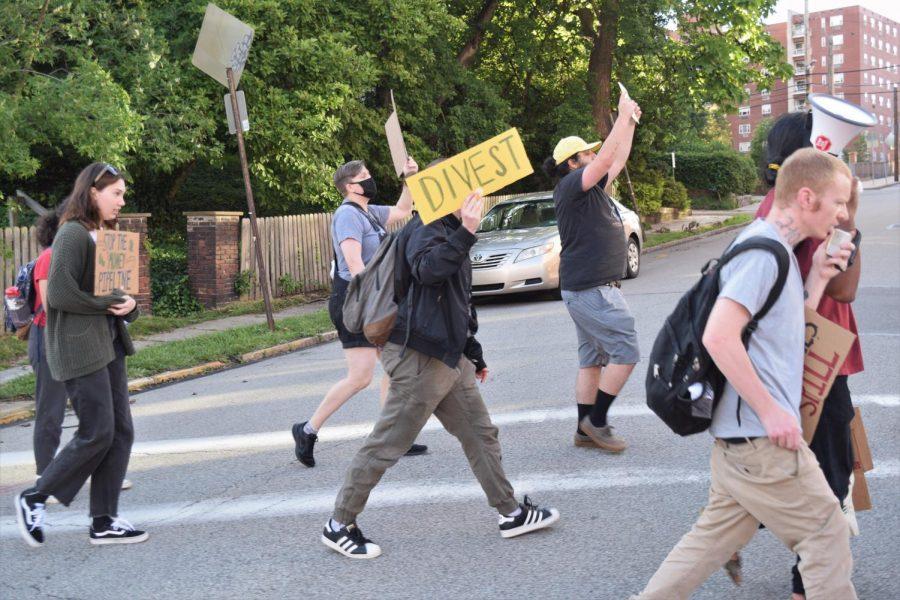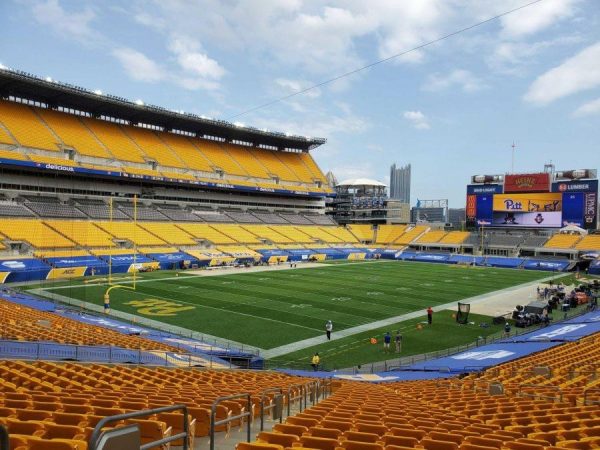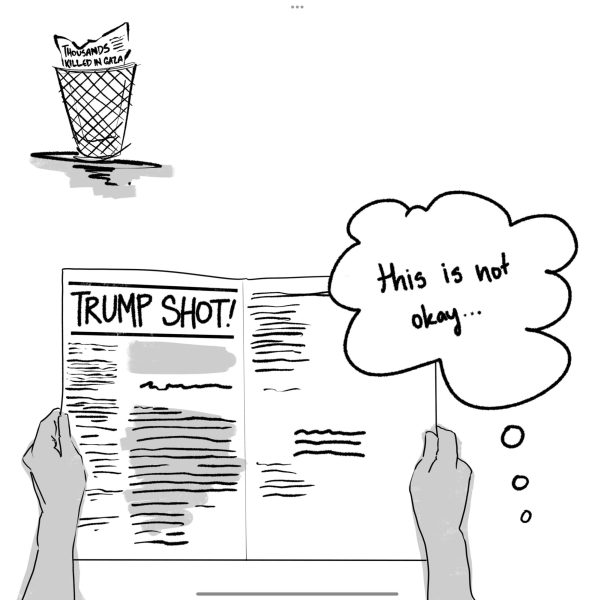Pitt Climate Action Plan release moved to late summer, early fall as student orgs demand answers
Clare Sheedy | Staff Photographer
The Ad Hoc Committee on Fossil Fuels released a report in January which said Pitt’s Climate Action Plan would be available by the end of March. Pictured are protestors from last week’s “Tell Us the Truth, Pitt” rally.
June 30, 2021
For Abhishek Viswanathan, a member of Fossil Free Pitt Coalition, Pitt’s goal of carbon net neutrality by 2037 is far too late for meaningful action. Viswanathan is one of many students waiting for the University to release its climate action plan, which was originally set to be released in March but has yet to come to light.
“The University’s response to the climate crisis is completely disproportionately off,” Vaswanathan said. “2037 is a decade or so later than most of the leading climate scientists say … we need to take bold action to prevent the climate crisis from further devastating communities.”
A special Board of Trustees committee presented a report in January to Chancellor Patrick Gallagher and Thomas Richards, the Board’s chairperson, which said the plan would be released by the end of March. Aurora Sharrard, head of Pitt’s Office of Sustainability, said the original timeline was not considerate of the details essential to the plan’s creation.
“While we were hoping for a March release, that was [a] very ambitious schedule on my part,” Sharrard said. “Given the need to engage with a wide variety of Pitt audiences virtually, ensuring diverse viewpoints are represented in the plan and multiple stakeholders are invested in the final vision.”
She said Pitt’s sustainability team was focused on other matters, such as working on its documentation for the Association for the Advancement of Sustainability in Higher Education’s Sustainability Tracking, Assessment and Rating System, which led it to receive a Gold rating.
Sharrard said the Pitt community can expect the plan to be released between late summer and early fall, at a time when it would be accessible to the largest number of people and after final edits and approvals have been made.
“Developed entirely during the COVID-19 pandemic with engagement with students, faculty and staff at the University, the first Pitt Climate Action Plan is pending final edits and approval by the Senior Leadership team,” Sharrard said. “It is our hope to unveil it late in summer or even early in the Fall term so we can ensure the most members of the Pitt community hear about it.”
University spokesperson Kevin Zwick said the plan has not halted and a variety of stakeholders are currently reviewing it.
“While the plan development work continues, we are continuing to make meaningful progress on other projects to reduce the University’s climate footprint,” Zwick said.
According to the fossil fuels committee report, the Pitt community can expect to see a “strategic framework to reduce [greenhouse gas] emissions,” “roadmap for carbon neutrality” and “strategy for climate change-focused educational, research and community engagement efforts” in the climate action plan.
Emma Gray, junior environmental science major and member of FFPC, said these efforts have little impact when Pitt continues to invest in the environmentally dangerous fossil fuel industry.
“It only means so much when you’re also investing [in] these harmful industries right next door … you’re harming the communities and giving them asthma,” Gray said.
The Board committee report said as of last June, the University had a $4.1 billion endowment, with 5.8% of those holdings exposed to fossil fuels. Despite demands for immediate divestment from student organizations, the Board decided on a gradual divestment strategy, with the goal of fully divesting by the end of 2035.
According to Viswanathan, a doctoral student in information sciences, Pitt’s Climate Action Plan needs to revolve heavily around the Pittsburgh community in order for the plan to truly be effective in combating the University’s current harmful contributions to the climate crisis.
Viswanathan said environmental justice is essential to a climate action plan. He said it would account for the debilitating effects that climate change and pollution have on communities with low income and people of color communities.
“Pitt has a responsibility to the communities around it … and [needs to] invest in those communities,” Viswanathan said. “That just doesn’t just mean opening a community engagement center or one more Hill District, but actually investing in people — paying people from these communities that have borne the brunt of environmental injustice … would be a start to addressing the climate crisis.”
The Pitt and Pittsburgh communities continue to await the release of Pitt’s Climate Action Plan. For Gray, this waiting period failed to come as a surprise.
“We expected this [delay],” Gray said, “knowing that Pitt loves to use stall tactics and avoid any action that they can.”








